Paint for liquid wallpaper: which can be used
How can I paint a liquid wallpaper? This is a fairly simple and convenient material for decoration used in the design of walls and ceilings. The coating helps to transform the room, gives it a unique and original look.
When applied to the wall, they allow you to create a uniform pattern with a variety of patterns, change the surface texture. But, like any material, liquid wallpaper requires some care. The article addresses the issues of whether it is possible to paint liquid wallpapers and wash, how and how to do it.
The content of the article
Features of liquid wallpaper
Such materials are powder mixtures which, before use, are diluted with a specific volume of water.
The composition of such a coating includes:
- Small fragments of oak bark.
- Shredded cotton.
- Mica.
- Plain gelatin.
- Silk.
- Dry seaweed.
Silk gives the coating a fabric effect, while golden or silver threads and special sparkles enhance the decorative effect of the material. To decorate the room beautifully, the wallpaper must be applied to a fairly even concrete wall or trimmed with drywall (see Plasterboard ceilings and walls: tips from the master) The decorative coating, made of liquid wallpaper, in appearance resembles stone or felt of high density.
Liquid wallpaper is permissible to use only indoors. They are safe for arranging a children's room or bedroom. These are environmentally friendly materials that can provide coziness and a warm atmosphere in the room.
By its physical properties and other characteristics, such a material is one of the ideal options for living room decor.
There are three main types of material:
- Silk containing a high concentration of silk natural fiber. Advantages of wallpaper:
- can be applied to concrete walls, drywall, surfaces that do not have large defects, and restore the walls in separate fragments.
- the coating may be liquid or powdery.
- Cotton, in their composition 98% pure cotton and 2% impurities of mica, decorative additives, cellulose adhesive component. They are pleasant, touch warm.
- Cellulose. In their manufacture, wood processing compounds are used. The unique composition of the material allows its use in decorating walls in unheated, cold rooms. The cellulosic mixture perfectly lays on the surface with microcracks.
Finishing material for finishing is available in two options:
- A completely ready-made composition for applying the final layer with your own hands - it contains all the necessary components.
- The powder base is white, and the master himself adds dyes and other decorative components to this mixture.
The advantages of liquid wallpaper include:
- The walls can not be aligned, the thickness of the layer of finishing material is very different, which allows you to eliminate surface defects.
- The material is environmentally friendly, has no allergenic components.
- The coating layer perfectly passes air - the walls "breathe".
- Various fillers allow you to create a unique and very beautiful coating.
- When using a do-it-yourself mixture, any layman can apply the mixture.
Material disadvantages:
- Pretty big price.
- High hygroscopicity or moisture absorption does not allow the use of wallpaper to decorate rooms such as the bathroom (see Bathroom decoration: types of decoration).
Why paint liquid wallpaper
Is it possible liquid wallpaper to paint and why?
The main factors that influence the solution of the question of how to color the liquid wallpaper are:
- The appearance on the surface of numerous contaminants and stains, due to the long-term operation of the coating, it is best to remove the paint. This can very quickly rid the walls of an untidy look and improve their appearance.
Tip: Stains from oily and other similar substances that impair adhesion should be pre-treated and well degreased.
- A long-applied coating, its color can simply get bored, and in some places burn out. New paint will help to refresh the interior, and give the room a different mood. The right choice of color has a very big impact on the environment, and even simple rooms are transformed beyond recognition.
- Walls can be repainted many times, which will allow you to change the situation every time you need it, you just need to purchase paint and carefully apply it to the coating. The main thing is that quality compounds are used and surfaces are well prepared.
- All work can be done independently.
Can I always paint liquid wallpapers? There are some drawbacks to staining, which must be considered before carrying out work.
These include:
- Using liquid wallpaper on the surface, it is permissible to create a soft, pleasant touch, silky texture. After staining, the surface acquires the usual hardness and becomes one-color, as in the photo. This robs the wall covering of all the initial benefits that appeal to many apartment owners.
- Liquid wallpaper coatings most often have original colors with sparkles interspersed, silkscreen printing and excellent structure. After staining, such features disappear: the coating is monochromatic, which will not differ from ordinary decorative plaster.
Tip: When working with a sprayer, you can slightly change the shade of the surface without hiding the coating completely and maintaining the structure, which is not suitable for a radical change in the interior, but will give it freshness.
- The liquid coating is easily removed from the wall, diluted with water and applied again. But, after applying to the surface of the paint, this will not succeed, the coating can only be removed and a new one applied.
What paint and how to paint liquid wallpaper
How and how can I paint a liquid wallpaper? For this, any composition made on a water basis is suitable.
The most popular of them:
- Normal water-based paint. This is the cheapest option, which does not require special instructions, the composition is purchased ready-made, if necessary, it is diluted with water, in small quantities.
- Acrylic based paints. The option is more reliable, has a longer service life, and is highly resistant to mechanical damage.
- Latex paints differ in very high indicators of water resistance. After application, the coating can be washed. In this case, the walls can be kept clean for the entire period of operation.
- Is it possible to paint liquid wallpaper with silicone solutions? This is a new type of finishing material, it has very good performance properties. After applying the wall, it is allowed to wash it many times, but its cost is much higher than similar ones.
The procedure for the work is as follows:
- The surface is cleaned from dust and other contaminants so as not to damage the top layer.
- The walls are primed with a deep penetrating firming compound.
- Paint is applied to the surface with a roller or spray gun in several layers.
Tip: For a more even and thorough distribution of the coating on the wall, use a spray gun. In this way, you can get several shades, creating beautiful compositions on the wall.
What is liquid wallpaper, how to paint the walls with them in detail shows the video. Before making a decision about repainting liquid wallpaper, it is necessary to study all the pros and cons of coating. After making a decision, all the work can be done independently.
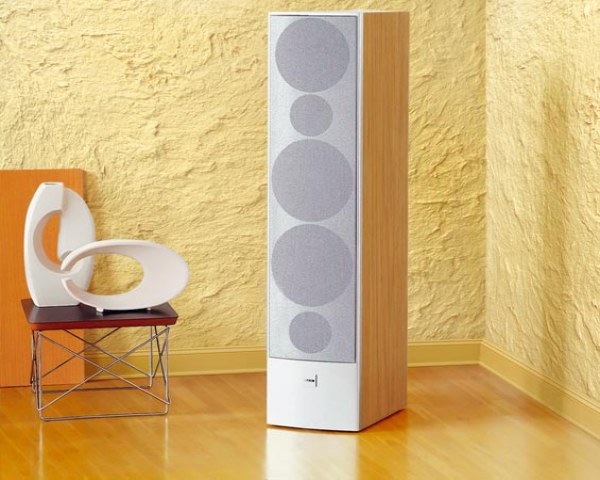
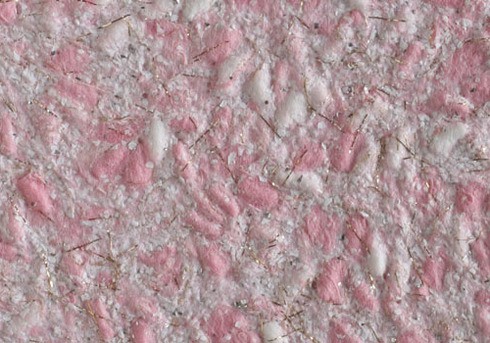
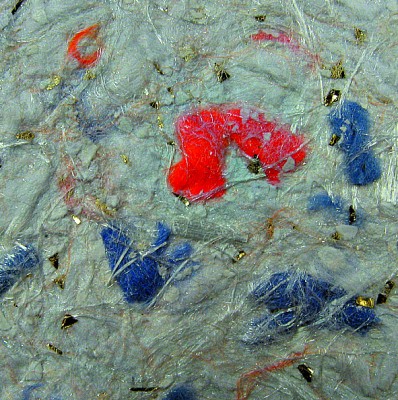


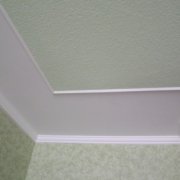
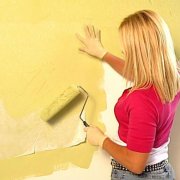
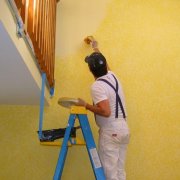
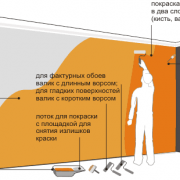
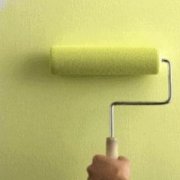
Unless of course there is such a situation that it is necessary to apply a coloring composition to the plastered with liquid wallpaper. then perhaps you should consider the option of removing them, and this is a fairly simple and easy process and applying the coloring pigment directly to the container with the wallpaper removed. Just the use of a non-water based paint will negate the mass of useful properties of liquid wallpaper - breathing walls, ease of dismantling, easy repair.
Fine